Introduction
Stir-fried monkfish maw shreds, a dish that marries delicate texture with umami-rich flavors, is a testament to the creativity of seafood cuisine. Often overlooked in Western kitchens, monkfish maw—the stomach lining of the anglerfish—is a prized ingredient in Asian culinary traditions, prized for its gelatinous yet tender consistency. When prepared correctly, it transforms into a luxurious dish that delights the palate with its silky mouthfeel and ability to absorb aromatic seasonings. This article delves into the intricacies of preparing stir-fried monkfish maw shreds, offering a step-by-step guide to achieve restaurant-quality results at home. From selecting the finest ingredients to mastering the stir-fry technique, we will explore every facet of this gourmet delight.
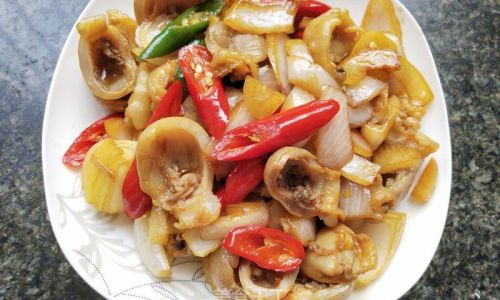
Understanding Monkfish Maw: A Culinary Treasure
Monkfish maw, known as hóu yú pào in Mandarin, is a byproduct of the anglerfish, a deep-sea dweller celebrated for its firm, meaty tail. The maw, however, is a hidden gem—a collagen-rich tissue that, when cooked, offers a unique combination of resilience and melt-in-the-mouth tenderness. Its neutral flavor profile makes it an ideal canvas for bold seasonings, while its ability to retain moisture ensures a succulent finish. In traditional Chinese medicine, monkfish maw is also revered for its purported health benefits, including skin rejuvenation and joint lubrication, thanks to its high collagen content.
Ingredients: Assembling the Perfect Ensemble
Creating the perfect stir-fried monkfish maw shreds begins with sourcing premium ingredients. While the star of the dish is undeniably the maw itself, the supporting cast of vegetables, aromatics, and sauces elevates the dish to new heights. Below is a comprehensive list of ingredients, along with substitutions and tips for customization:
- Monkfish Maw (300g): Fresh or dried maw can be used. Dried maw requires rehydration (soaked in cold water for 6–8 hours) before cooking.
- Protein Additions (Optional): Shredded chicken, pork, or shrimp (100g) for added depth.
- Vegetables:
- Bamboo shoots (50g, julienned)
- Carrots (50g, julienned)
- Wood ear mushrooms (20g, rehydrated and sliced)
- Bell peppers (30g, thinly sliced)
- Aromatics:
- Garlic (3 cloves, minced)
- Ginger (1-inch piece, grated)
- Scallions (2 stalks, white and green parts separated)
- Sauces and Seasonings:
- Light soy sauce (2 tbsp)
- Oyster sauce (1 tbsp)
- Shaoxing wine (1 tbsp)
- Sesame oil (1 tsp)
- Sugar (½ tsp)
- White pepper (¼ tsp)
- Thickening Agent: Cornstarch (1 tbsp, mixed with 2 tbsp water)
- Cooking Oil: Peanut or vegetable oil (3 tbsp)
Preparation: The Foundation of Flavor
The key to exceptional stir-fried monkfish maw lies in meticulous preparation. Each ingredient must be prepped to ensure even cooking and harmonious flavor integration.
-
Rehydrating Dried Monkfish Maw:
If using dried maw, submerge it in cold water for 6–8 hours, changing the water every 2 hours to reduce saltiness. After rehydration, blanch the maw in boiling water for 2 minutes to eliminate impurities, then rinse under cold water and pat dry. -
Shredding the Maw:
Using a sharp knife, slice the maw into thin, even strips (approximately 2mm thick). For added texture, lightly score the strips in a crisscross pattern.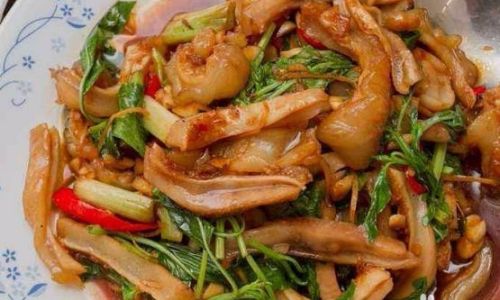
-
Marinating the Maw:
In a bowl, combine the maw shreds with 1 tbsp light soy sauce, 1 tbsp Shaoxing wine, and ½ tsp white pepper. Allow to marinate for 15 minutes. This step tenderizes the maw and infuses it with flavor. -
Prepping Vegetables and Aromatics:
Julienne the bamboo shoots, carrots, and bell peppers into uniform strips. Slice the wood ear mushrooms and set aside. Mince the garlic and ginger, and separate the scallion whites from the greens.
Cooking Process: The Alchemy of the Wok
Stir-frying is a high-heat, rapid-cooking technique that demands precision and timing. Achieving the perfect balance between crisp vegetables and tender maw requires careful attention to each stage.
-
Heating the Wok:
Place a wok over high heat and add 2 tbsp of oil. Allow the oil to shimmer but not smoke. A well-seasoned carbon steel wok is ideal for even heat distribution. -
Stir-Frying the Aromatics:
Add the garlic, ginger, and scallion whites to the wok. Stir-fry for 30 seconds until fragrant. Avoid burning the aromatics, as this will impart bitterness.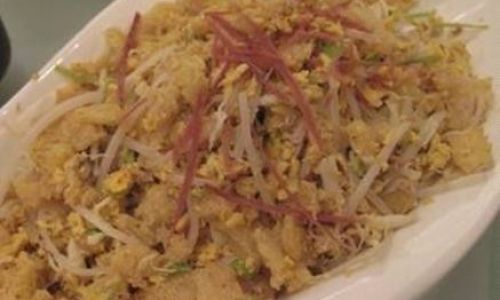
-
Cooking the Protein (If Using):
If adding shrimp or meat, stir-fry it until partially cooked (1–2 minutes). Remove and set aside to prevent overcooking. -
Searing the Monkfish Maw:
Add the marinated maw shreds to the wok, spreading them in a single layer. Allow to sear undisturbed for 1 minute to develop a slight caramelization. Toss gently and stir-fry for 2 minutes until opaque. -
Incorporating Vegetables:
Add the bamboo shoots, carrots, wood ear mushrooms, and bell peppers. Stir-fry vigorously for 3 minutes, ensuring the vegetables retain their crunch. -
Sauce Integration:
In a small bowl, combine the remaining light soy sauce, oyster sauce, sugar, and 2 tbsp of water. Pour this mixture into the wok, tossing to coat the ingredients evenly. Allow the sauce to reduce slightly (1 minute). -
Thickening and Finishing:
Drizzle the cornstarch slurry into the wok while stirring continuously. This will thicken the sauce into a glossy coating. Finish with sesame oil and a sprinkle of scallion greens.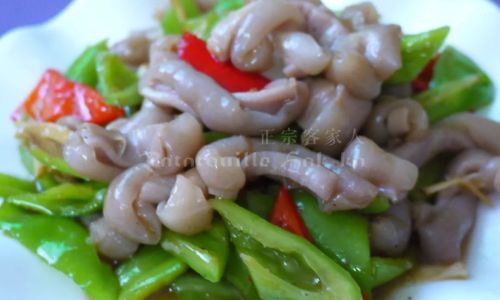
Serving Suggestions: Elevating the Dish
Stir-fried monkfish maw shreds are best enjoyed immediately to appreciate their delicate texture. Serve as a standalone dish with steamed jasmine rice or pair with noodles for a heartier meal. For a complete banquet-style experience, accompany it with light, crisp vegetables like bok choy or snow peas to balance the richness.
Garnishes and Accompaniments:
- A sprinkle of toasted sesame seeds adds nutty depth.
- A side of pickled ginger or chili oil provides a contrasting zing.
- For a fusion twist, serve with a tangy lime wedge or a drizzle of Sriracha.
Tips for Perfecting the Dish
- Temperature Control: Maintain high heat throughout the stir-frying process to prevent the maw from becoming rubbery.
- Uniformity: Ensure all ingredients are cut to similar sizes for even cooking.
- Marinade Adjustments: For a deeper flavor, marinate the maw overnight in the refrigerator.
- Vegetable Variations: Experiment with seasonal produce like asparagus, zucchini, or enoki mushrooms.
- Dietary Adaptations: Substitute soy sauce with tamari for gluten-free diets or use coconut aminos for a soy-free alternative.
Troubleshooting Common Pitfalls
- Mushy Maw: Overcooking is the primary culprit. Stir-fry the maw for no more than 3–4 minutes total.
- Bland Flavor: Amplify the seasoning with a pinch of MSG or a dash of fish sauce.
- Oily Residue: Use a slotted spoon to drain excess oil before serving.
Cultural Significance and Modern Adaptations
In Chinese cuisine, monkfish maw is often featured in banquet dishes symbolizing prosperity and abundance. Its gelatinous texture is believed to represent wealth and flexibility, making it a popular choice for festive occasions. Modern chefs have embraced this ingredient in innovative ways, incorporating it into tacos, spring rolls, or even as a pizza topping. However, the classic stir-fry preparation remains a timeless favorite, celebrated for its ability to highlight the maw’s natural elegance.
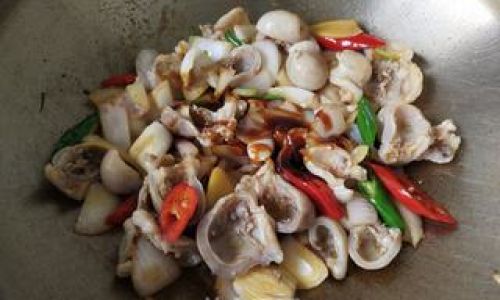
Conclusion: A Culinary Journey Worth Savoring
Stir-fried monkfish maw shreds is a dish that rewards patience and precision. From the initial soak of dried maw to the final flick of the wok, each step is a labor of love. Whether you’re a seasoned home cook or a curious gourmand, mastering this recipe opens the door to a world of textural and flavorful possibilities. So, gather your ingredients, heat your wok, and embark on a culinary adventure that transcends borders—one silken shred at a time.
Final Thoughts
The allure of stir-fried monkfish maw shreds lies not just in its taste but in the story it tells—of tradition, innovation, and the art of transforming humble ingredients into extraordinary meals. With this guide in hand, you’re equipped to create a dish that delights the senses and sparks conversation. Bon appétit!

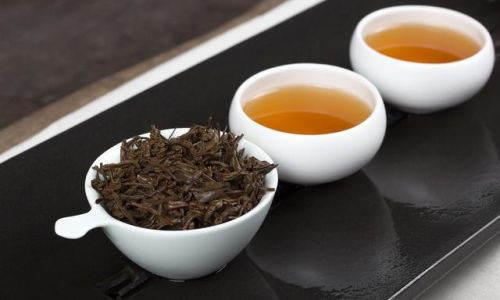
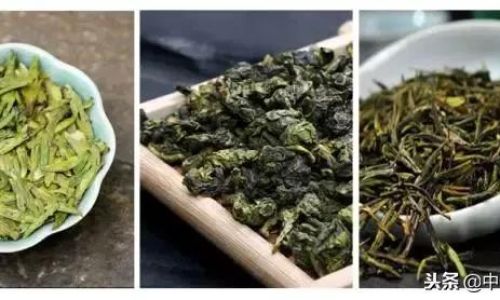
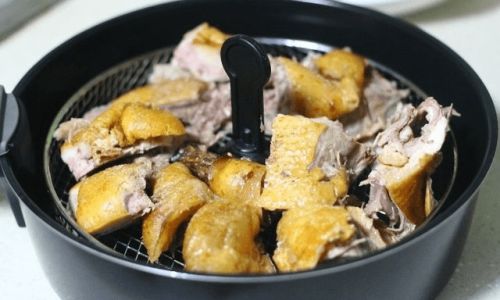
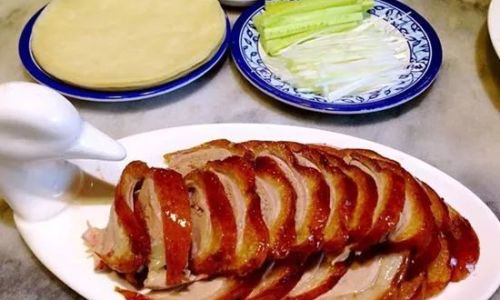
0 comments